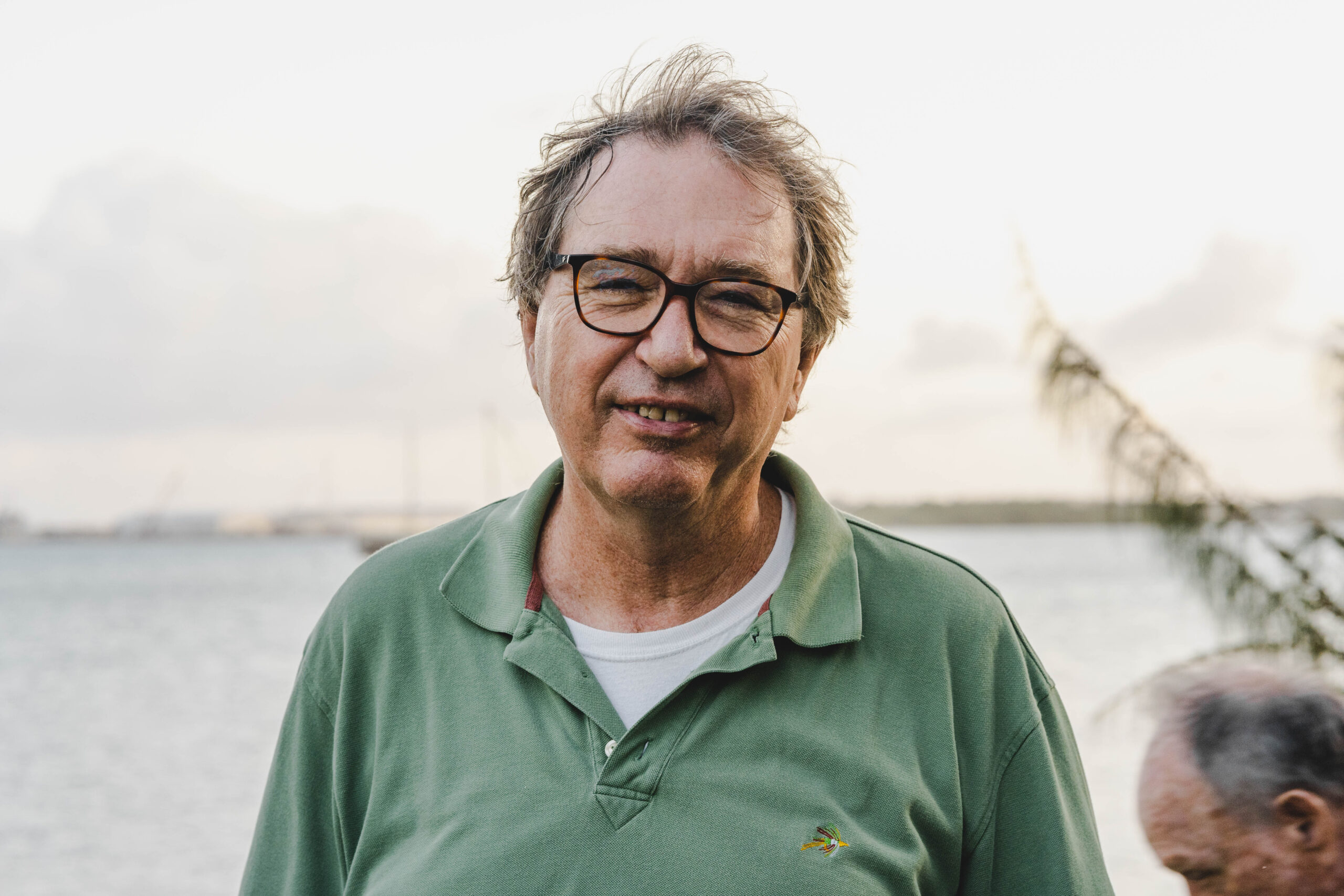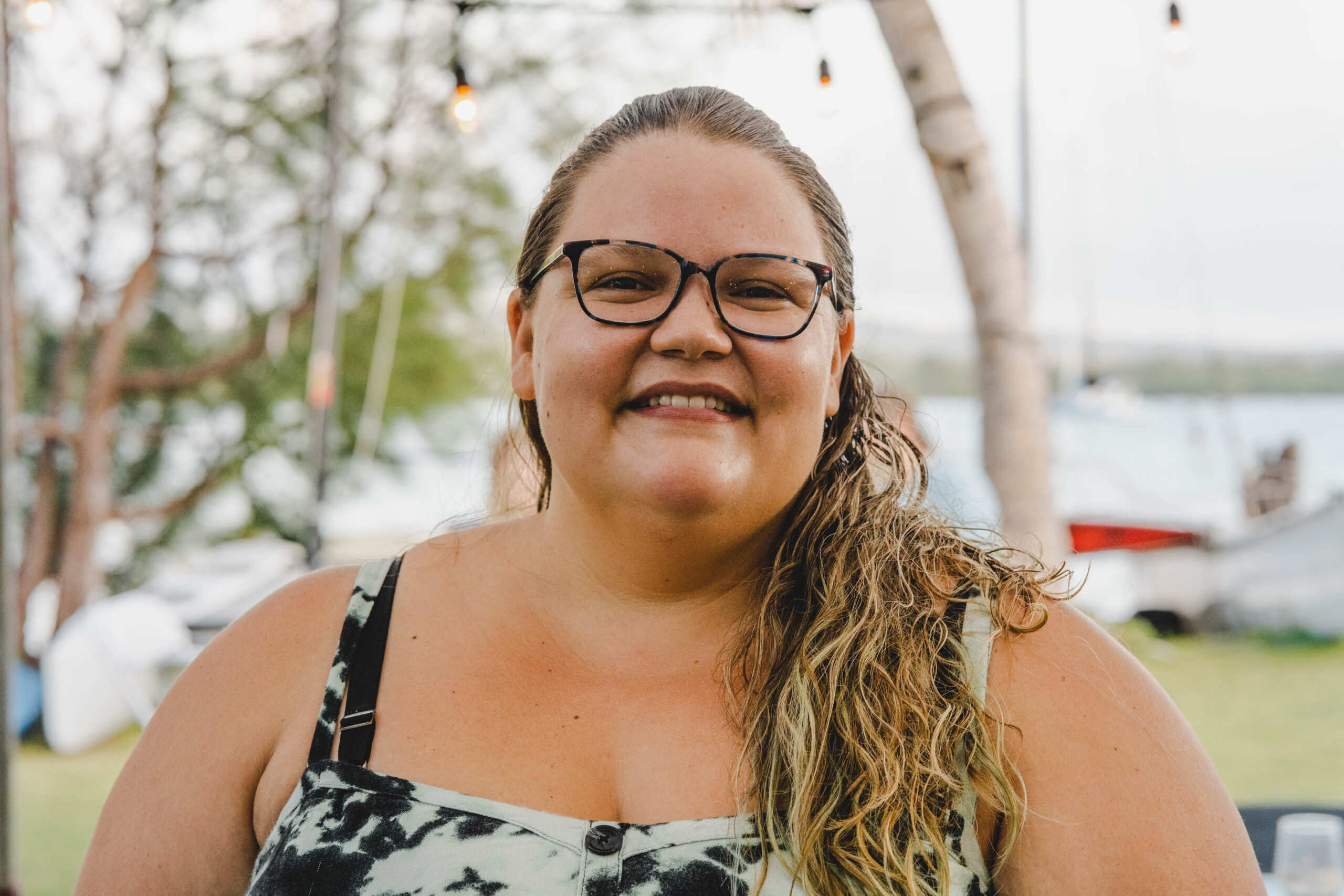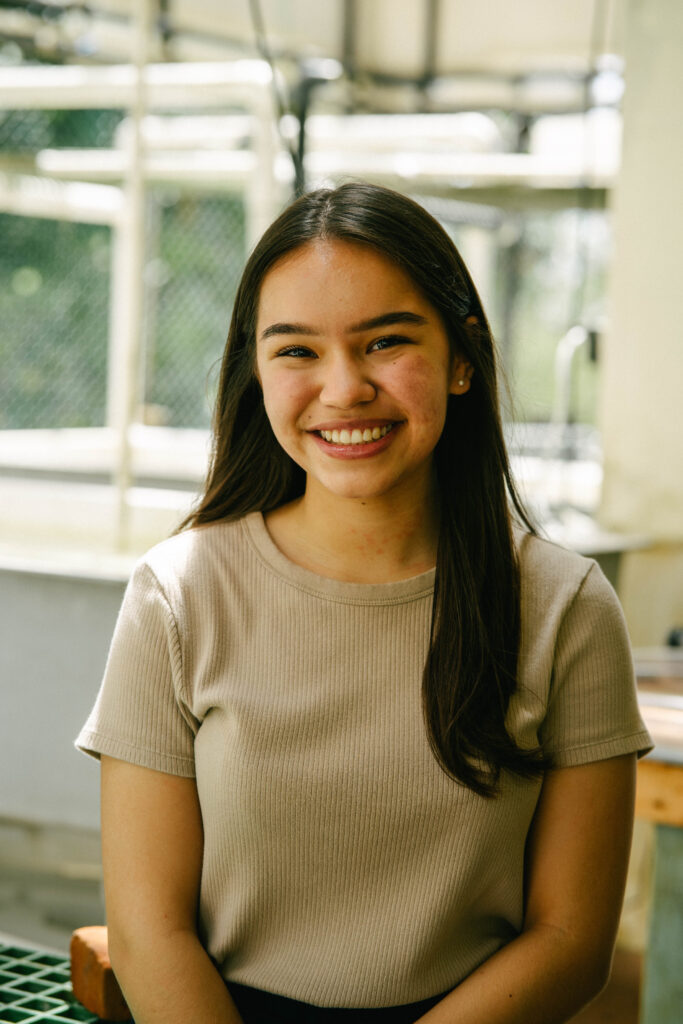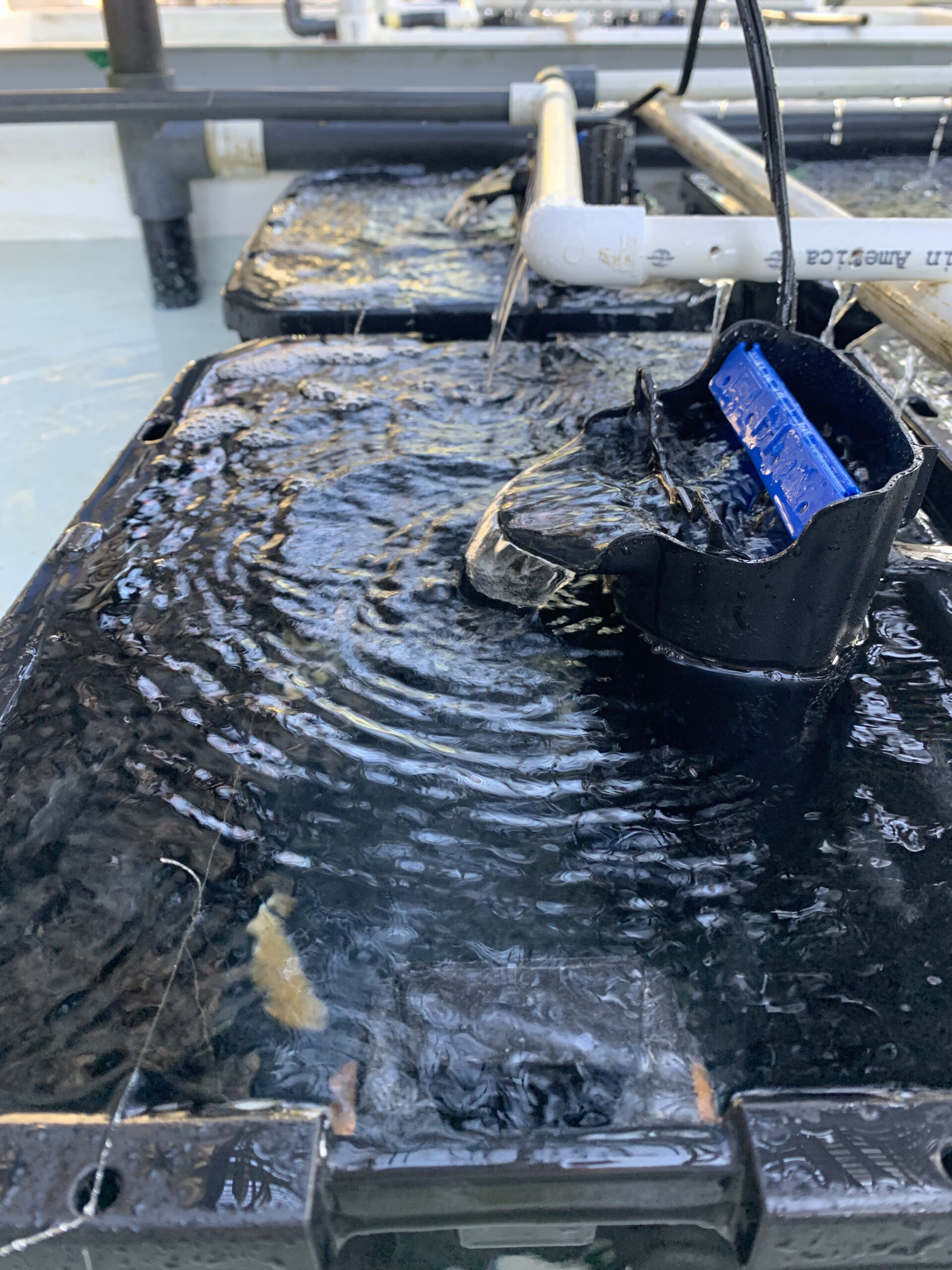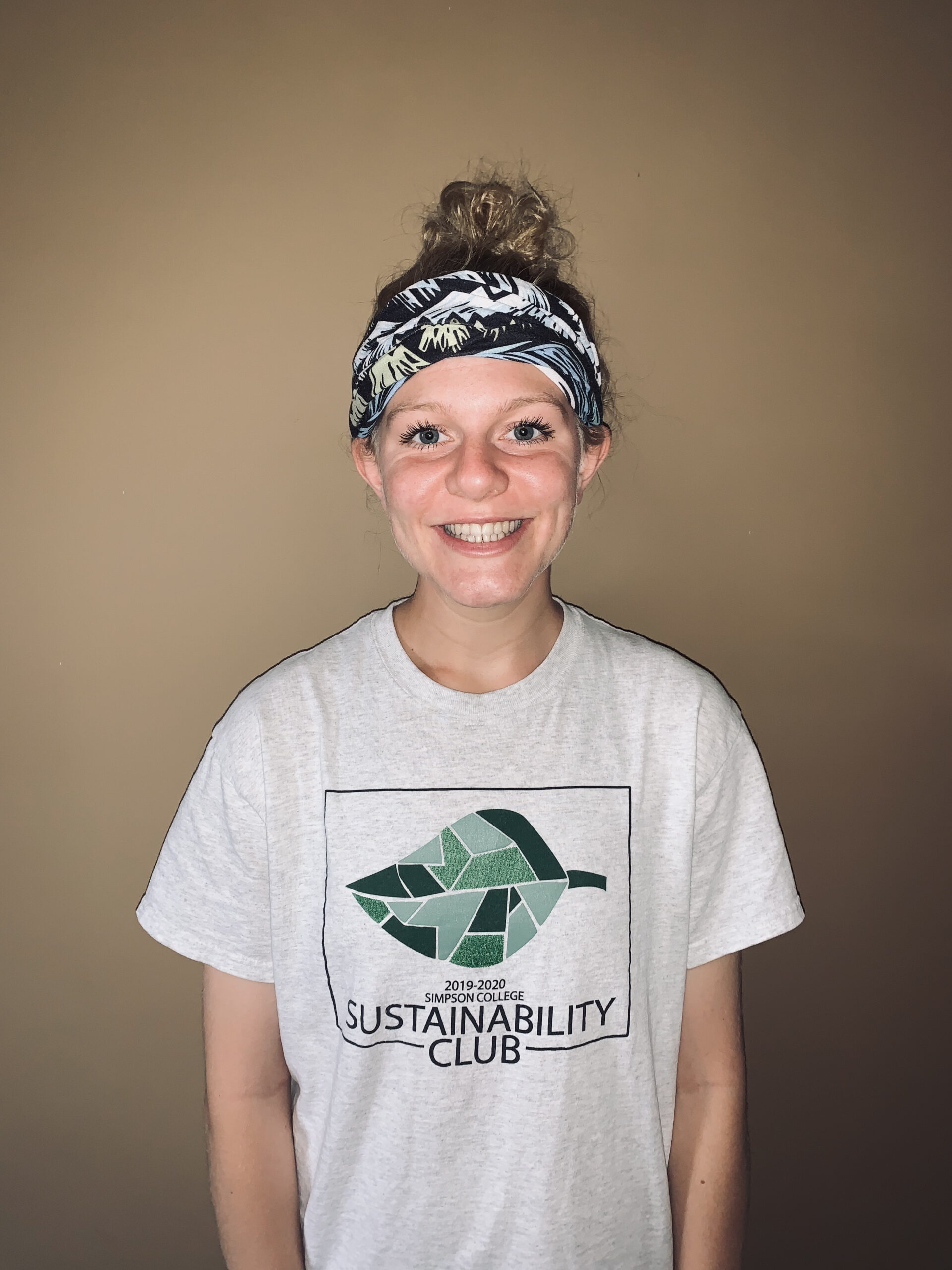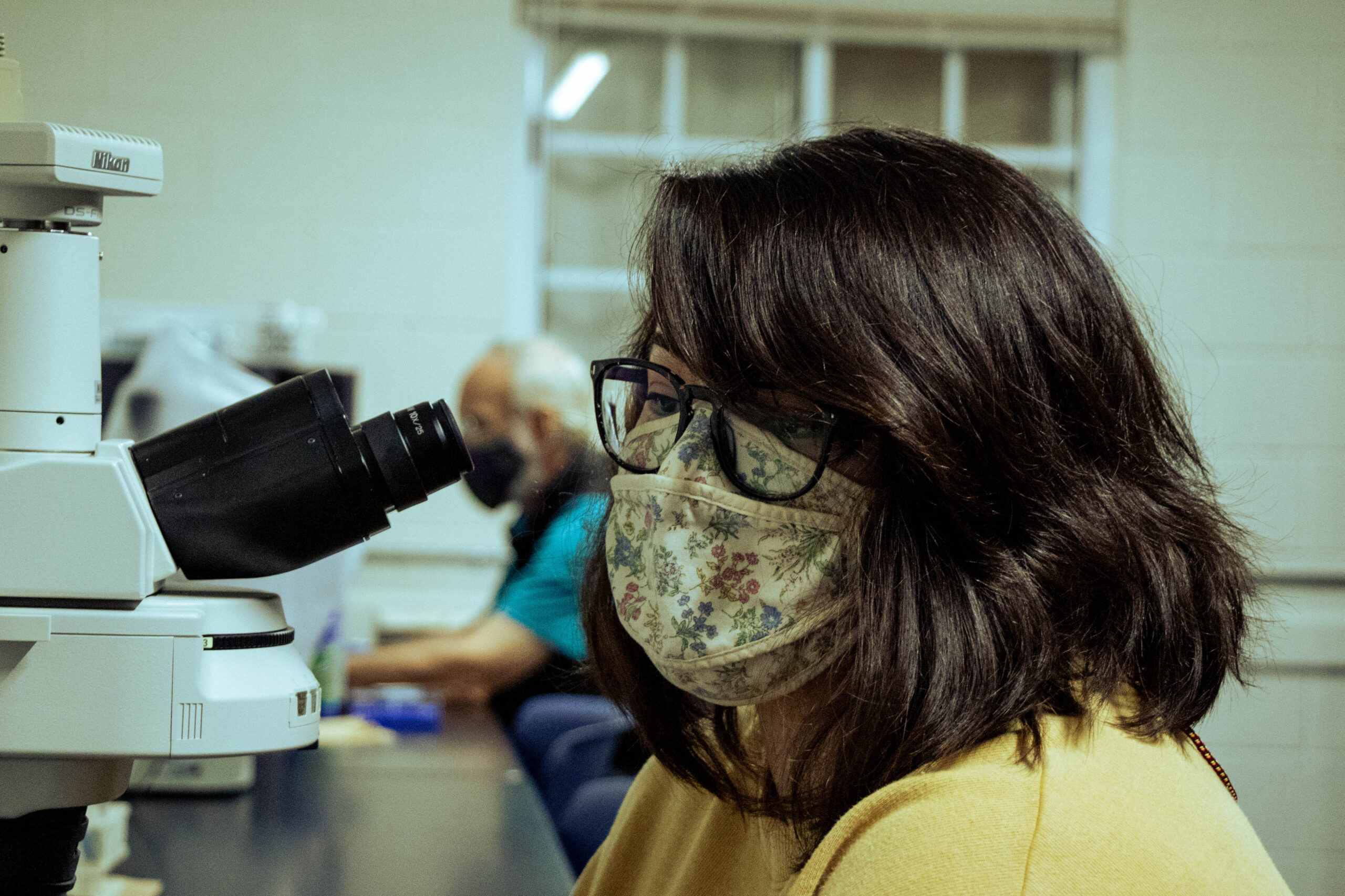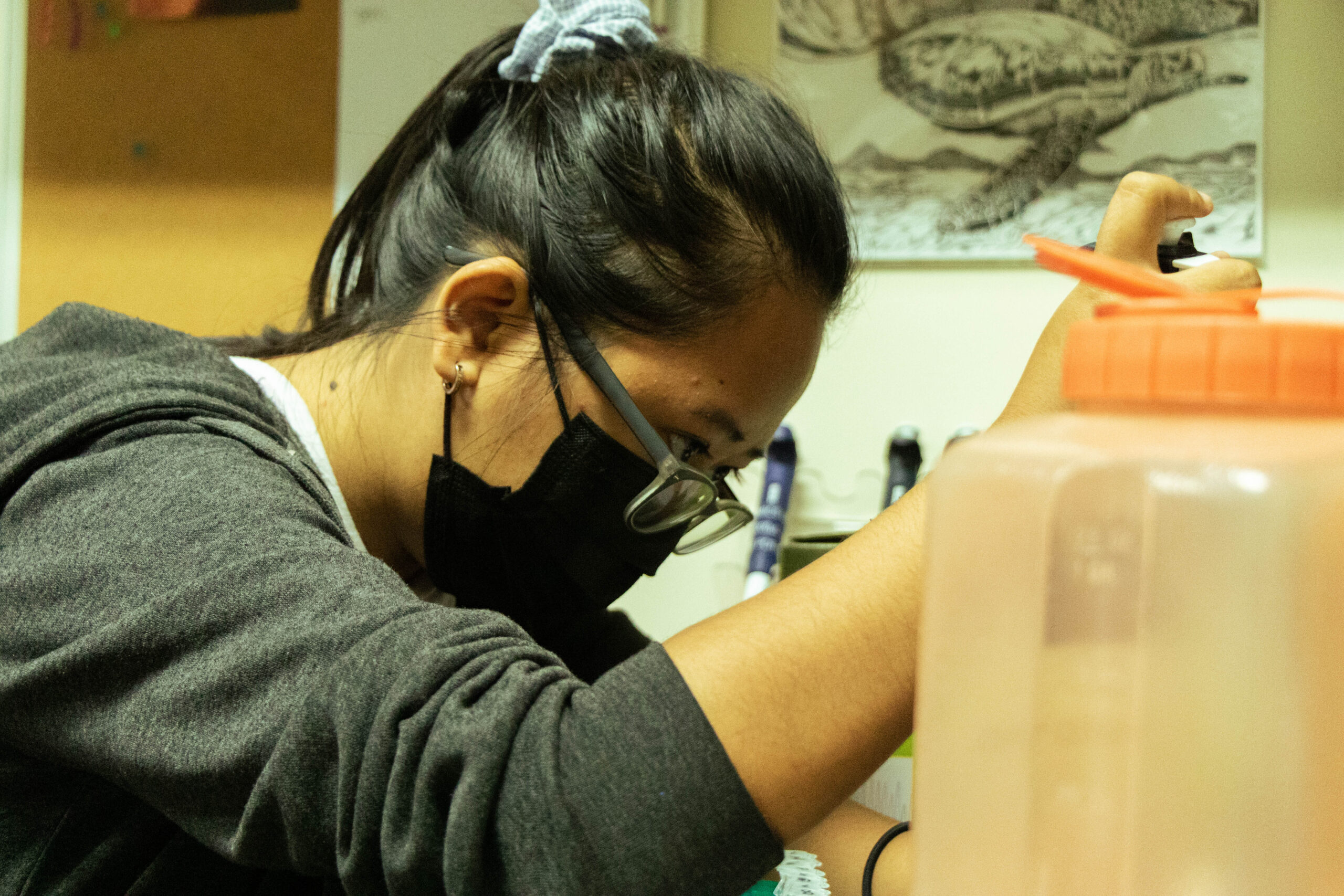





In June, participants of the Micronesia Summer Bridge to Bachelor’s Program from the Commonwealth of the Northern Mariana Islands and Palau started their internship experience on island by gathering diatom and algae samples in several mangrove and coastal sites on Guam. The program contributes to an ongoing diatom research supported by the National Science Foundation’s Established Program to Stimulate Competitive Research (EPSCoR).
The Micronesia Summer Bridge to Bachelor’s program offers opportunities to students from the Micronesian region who are interested in Science Technology Engineering and Mathematics (STEM) research. Participants are enrolled at the Northern Marianas College, Palau Community College, the College of Micronesia-FSM, or the College of the Marshall Islands.
The students who were selected to participate in the summer program come from diverse academic backgrounds. Prior to their trip to Guam, the student interns collected marine and coastal data in their respective areas.
On Guam, Professor Emeritus of Biology Dr. Christopher Lobban and his team of EPSCoR and NSF INCLUDES SEAS Islands Alliance supported student researchers/mentors are working closely with the students in analyzing the samples at the UOG Microscopy Teaching & Research Laboratory.
“The idea of this research experience is to give the students a chance to see what it’s like to do scientific research,” said Dr. Lobban. At the EPSCoR funded lab, the students have access to a scanning electron microscope (SEM) and other innovative equipment to study detailed images of the samples.
According to Dr. Lobban, the overall research project seeks to determine and document the native diatom species in the region, especially on Guam, CNMI, Palau, FSM, and the Marshall Islands. Diatoms are single-celled algae found in oceans, lakes, and rivers. These microorganisms produce 20 percent of the breathable oxygen on earth each year.
“Basically, what we are trying to look for is to look for a signal for regional endemicity. So, we are looking at species that occur here but not in other places,” Dr. Lobban said. Samples collected in the previous year’s program resulted in student researchers discovering and naming several previously undocumented types of algae and diatoms.
Yuji Chibana, one of the student interns from Palau said the program spurred his interest in Scientific research. “I’m a liberal arts major and I am trying to transition more into a Science-based major like Environmental Marine Science.
The experience catapulted me into that area of learning. This program is really helping me. I’ve never really been exposed into these kinds of things before. So, it is a good start.”
Participants of the program receive a $3,000 stipend; comprehensive research training; faculty and near-peer mentorship; and travel, lodging, and food accommodations for those traveling to Guam.






